A quick look at Microsoft's Translator extension for Edge in Windows 10
3 min. read
Published on
Read our disclosure page to find out how can you help Windows Report sustain the editorial team. Read more
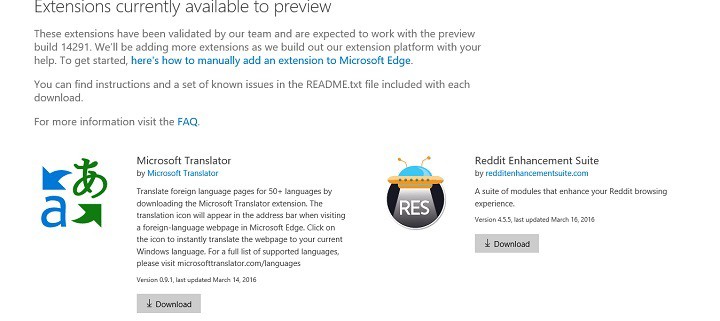
Microsoft introduced extensions for Microsoft Edge to users of Windows 10 Preview some time ago. But only three extensions are currently available to Insiders, with the company only revealing some basic information about them. Now, the company finally provided some additional information about one of the three available extensions, Microsoft Translator.
“Once installed, the translation icon will appear in the address bar when visiting a foreign-language webpage in Microsoft Edge. You can then click on the icon to instantly translate the webpage to your current Windows language. The extension works with all of the languages supported by Microsoft Translator”, says Microsoft.
This addition should improve the functionality and competitiveness of Microsoft Edge since all rival browsers already have a translating option for web pages. (You can see the list of all of the supported languages here.)
We tried the Microsoft Translator extension and we can tell it works pretty smooth, instantly translates the whole page by pressing the “Translate this page” button next to the search bar. It took the extension just a couple of seconds to translate the entire web page, continuing to translate pages as long as you’re on that website.
Unfortunately, the Translator extension can only translate the page to Windows 10’s default language as you don’t have the ability to choose another language. We hope that Microsoft will change this in the future and that users will have the ability to choose the translation language just like they do in the native Translator app for Windows 10.
More extensions to come soon
As we already pointed out, Microsoft Edge extensions are currently only available to Windows 10 Insiders. Microsoft has started working on support for even more extensions for its latest web browser, but we’re not sure when these extensions will arrive.
One of the ways to bring more extensions to Microsoft Edge is to port them from other browsers, and that’s exactly what Microsoft plans to do. The company is preparing a new tool which will allow developers to easily transfer their existing extensions for Google Chrome to Windows 10’s default browser. Additionally, some developers plan to release extensions for Microsoft Edge on their own, including one of the best password managers in the market, LastPass, and famous ad blocking extension AdBlock Plus.
Extensions for Microsoft Edge should be available to regular Windows 10 users with the release of the next major update for Windows 10, the Redstone update, expected to arrive this June. Until then, we hope that Microsoft and third-party developers will deliver more extensions so we can test them.
Tell us in the comment section below: what extensions you would like to see in Microsoft Edge soon?


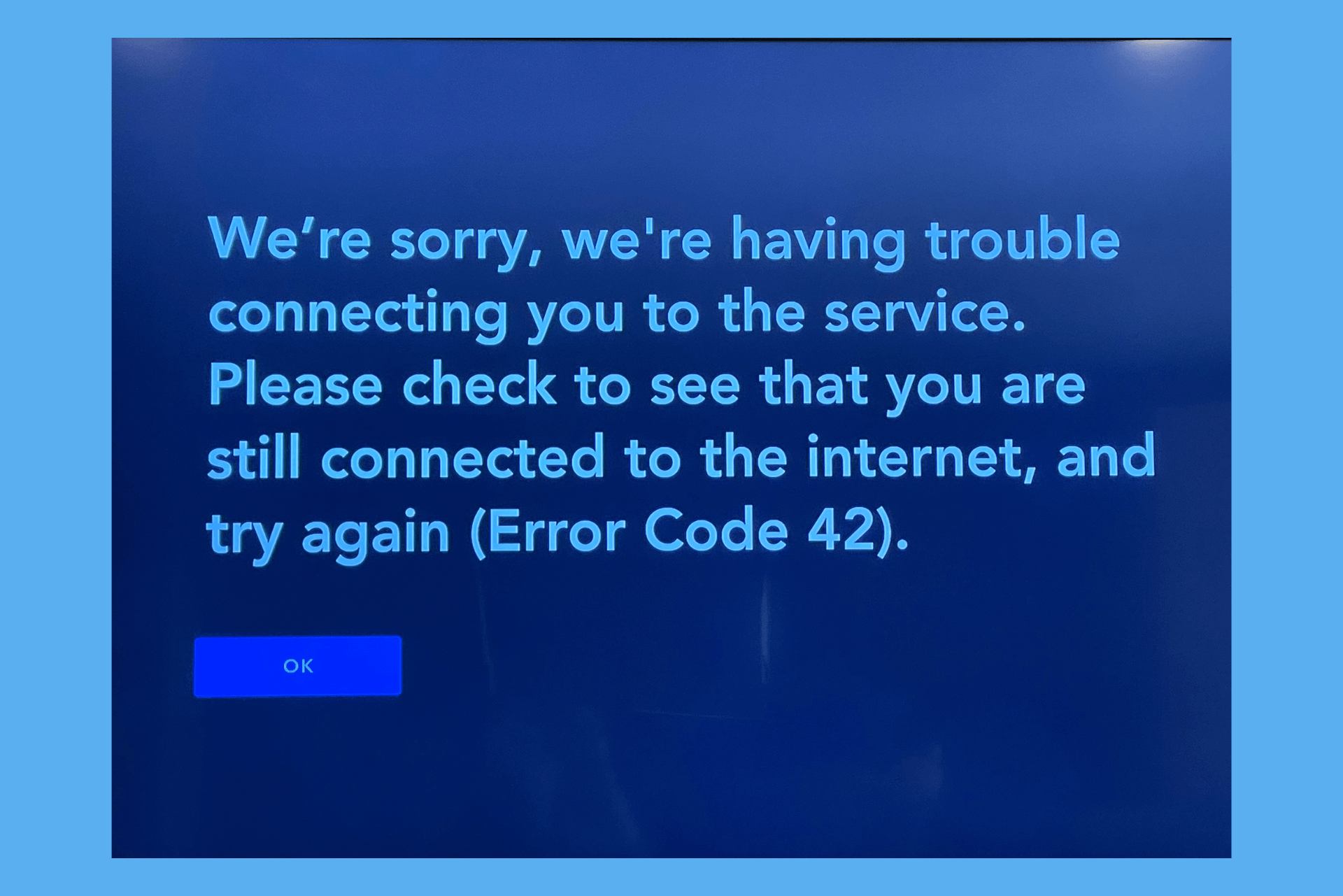
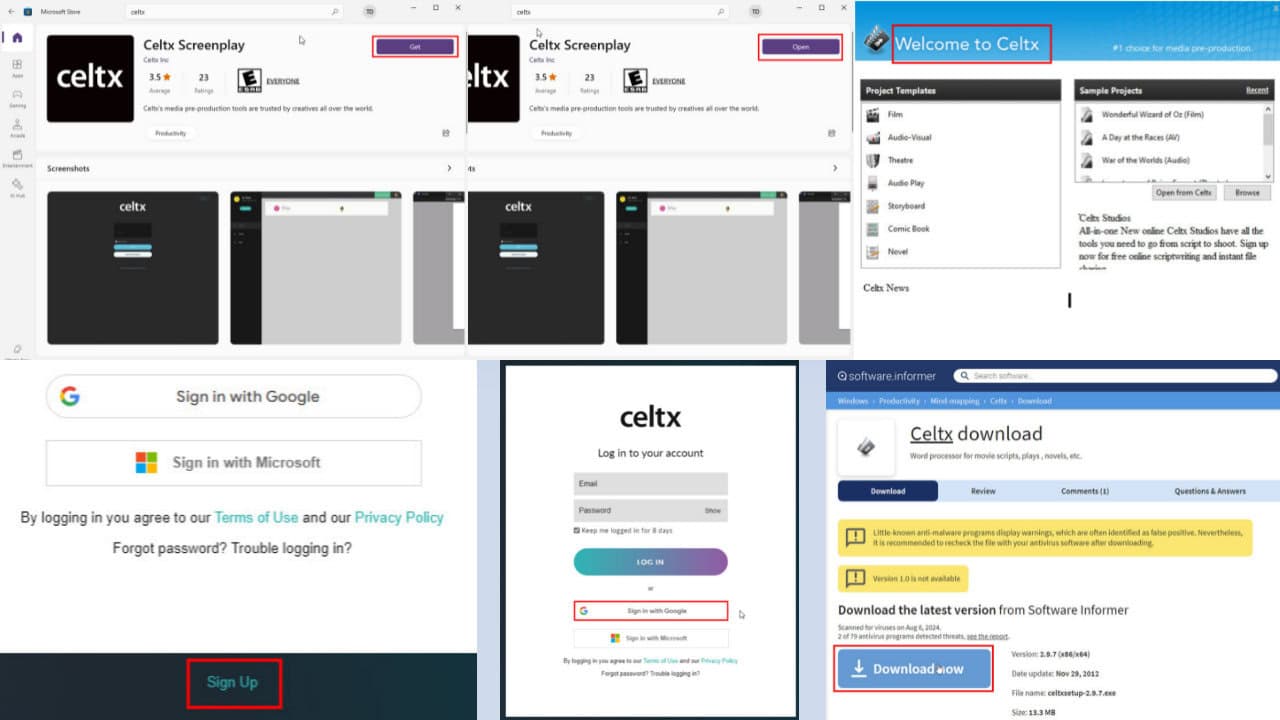
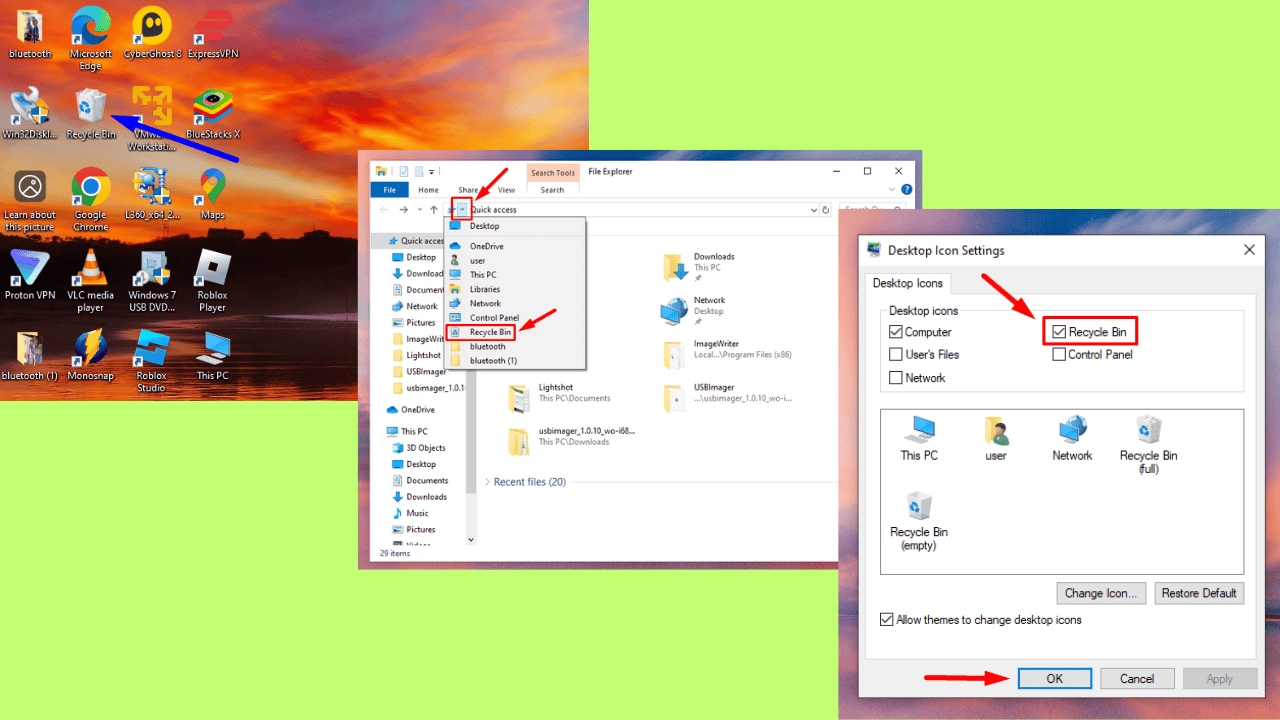
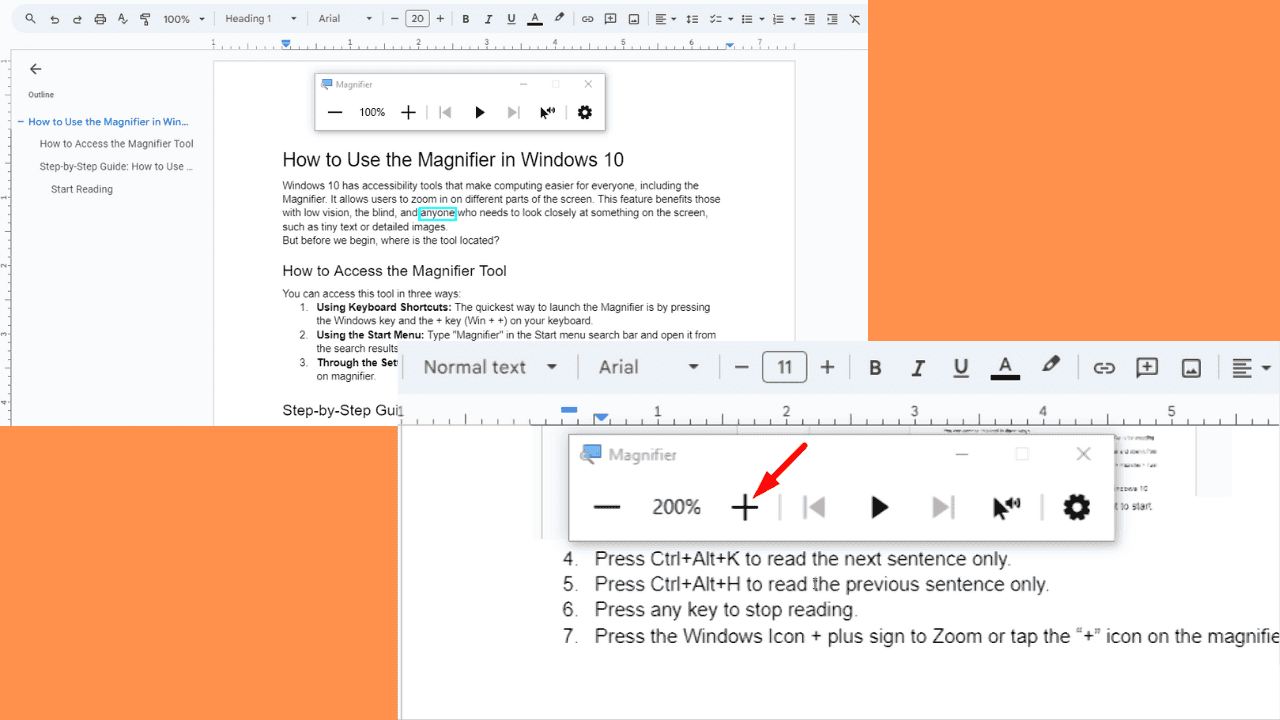
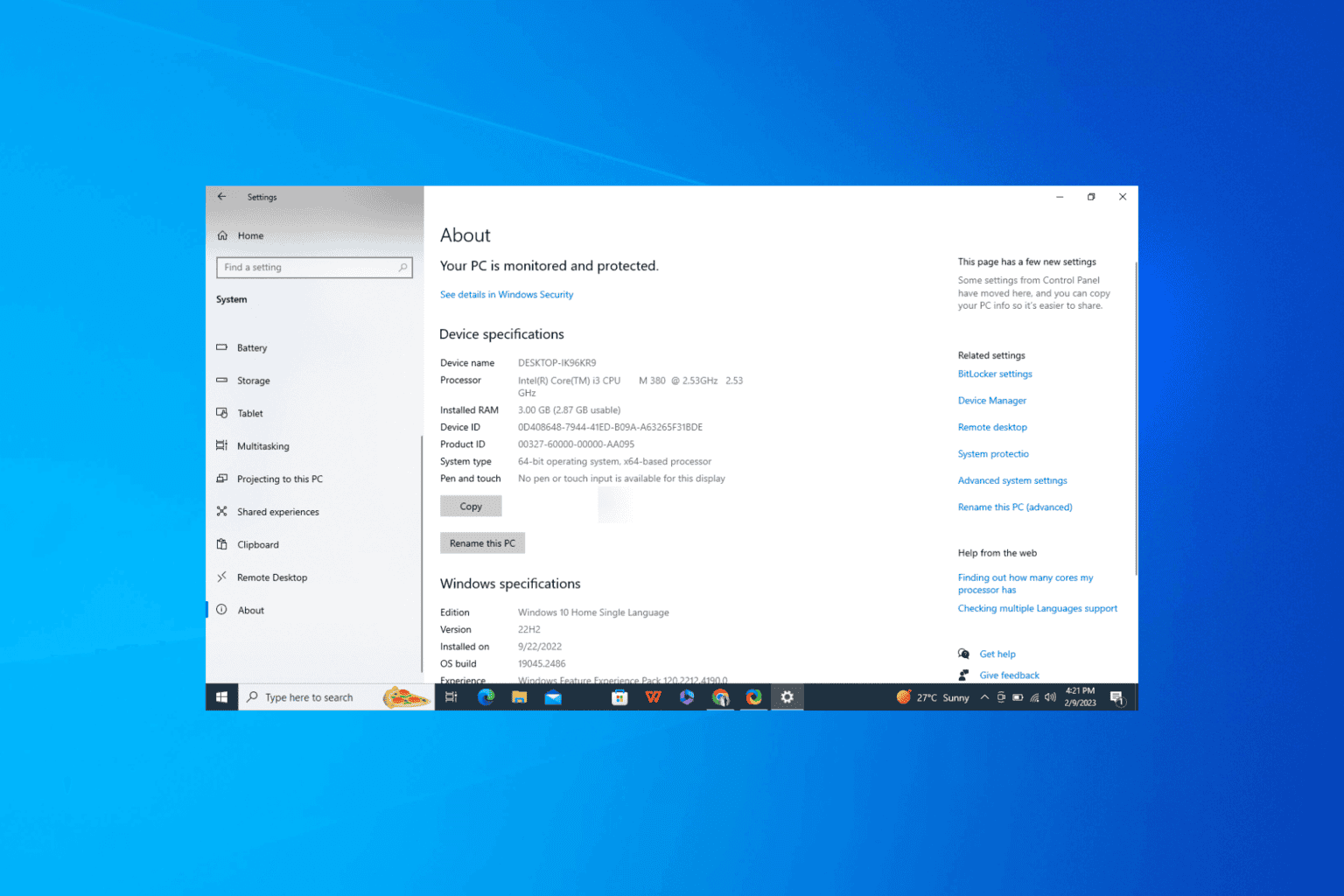
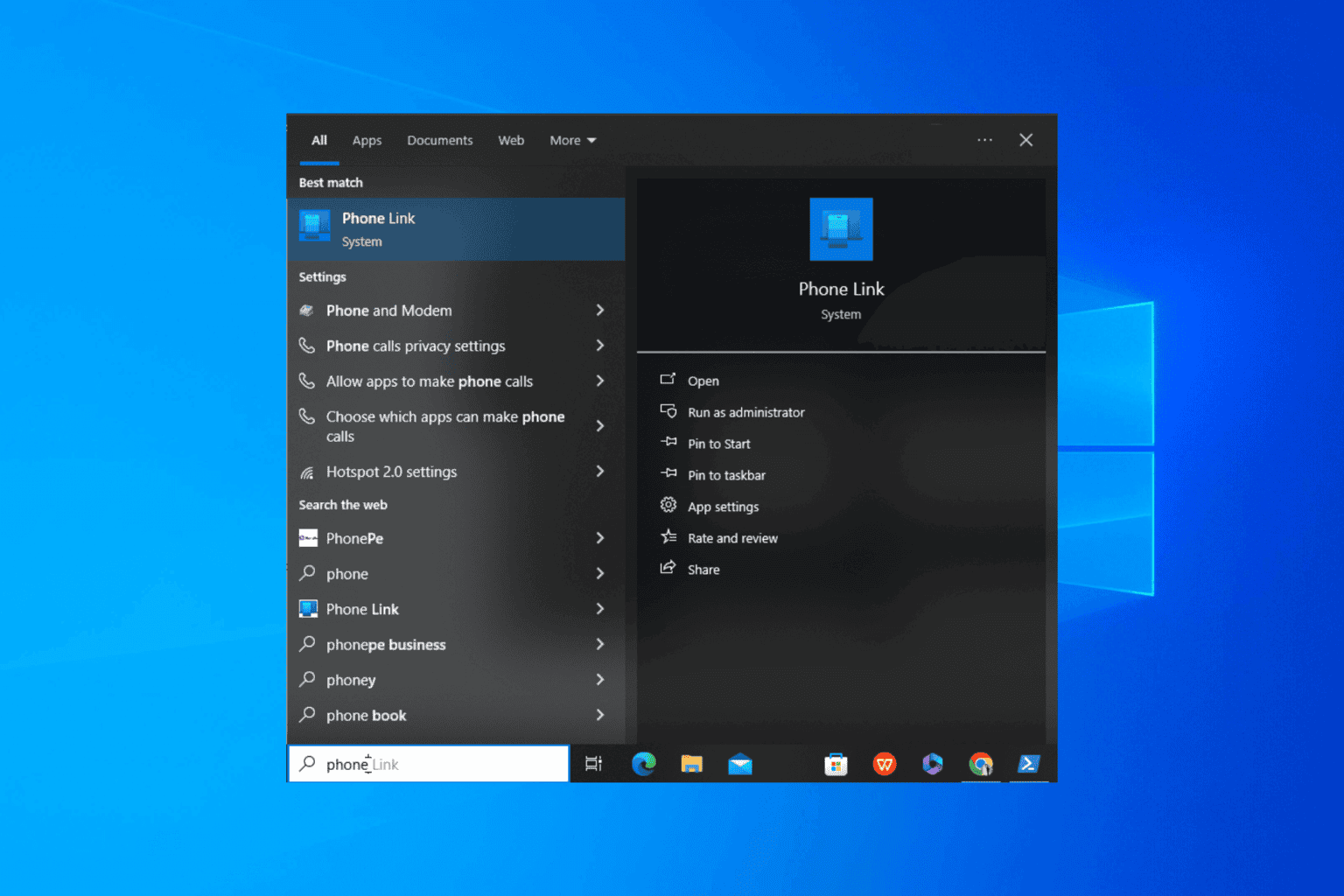
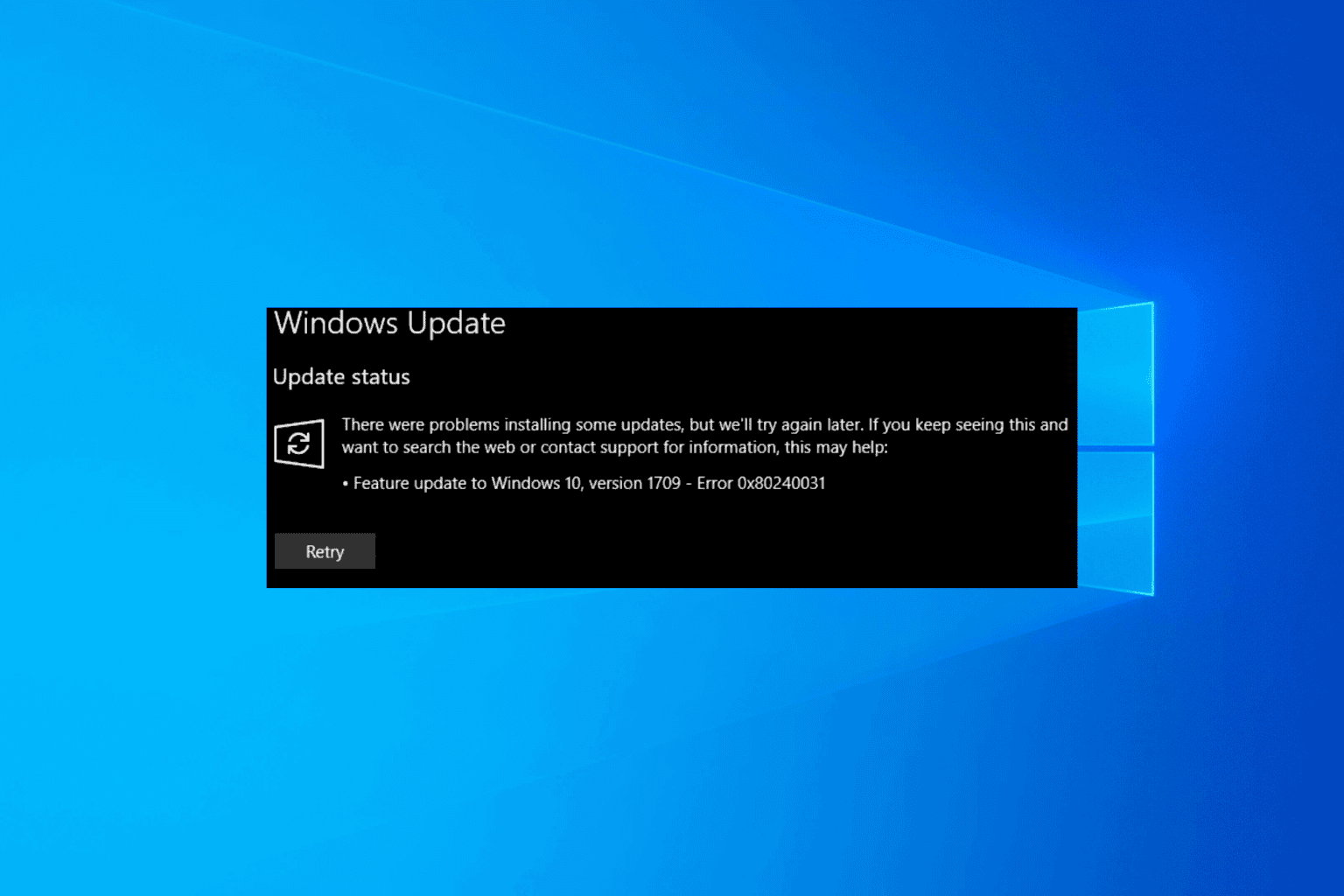
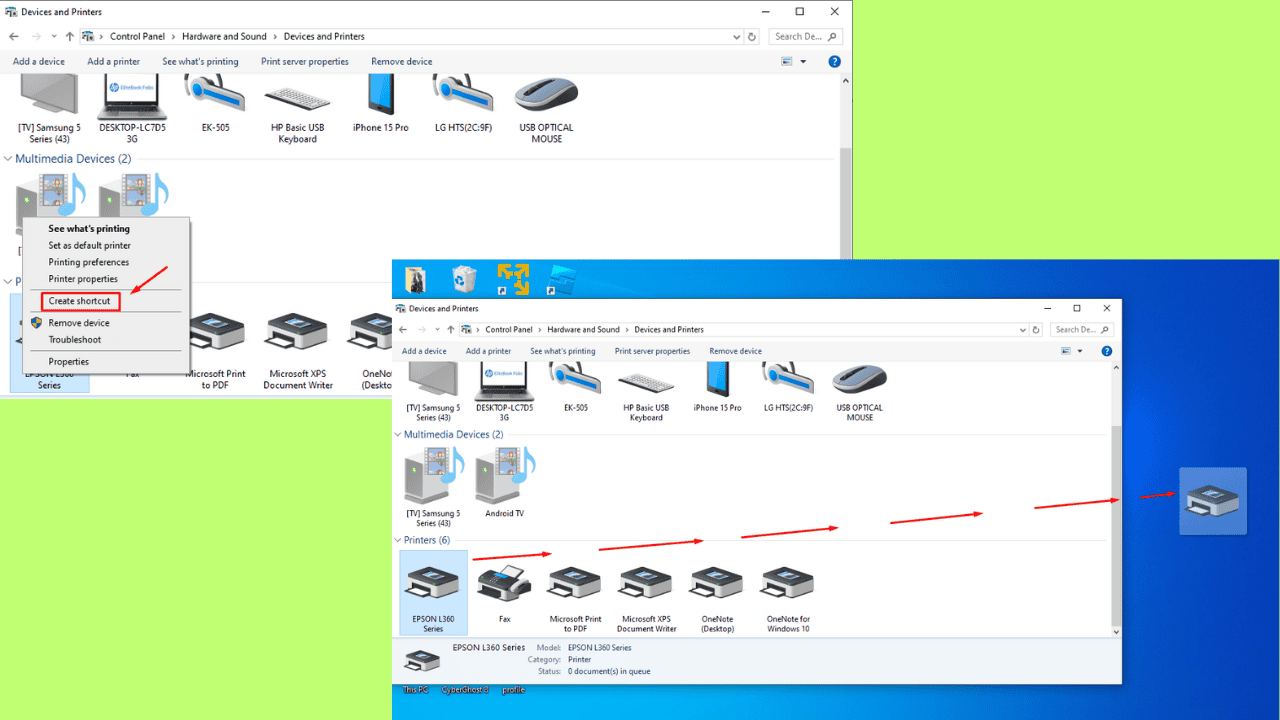
User forum
0 messages